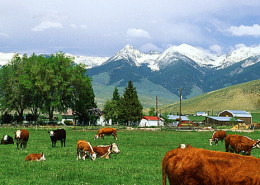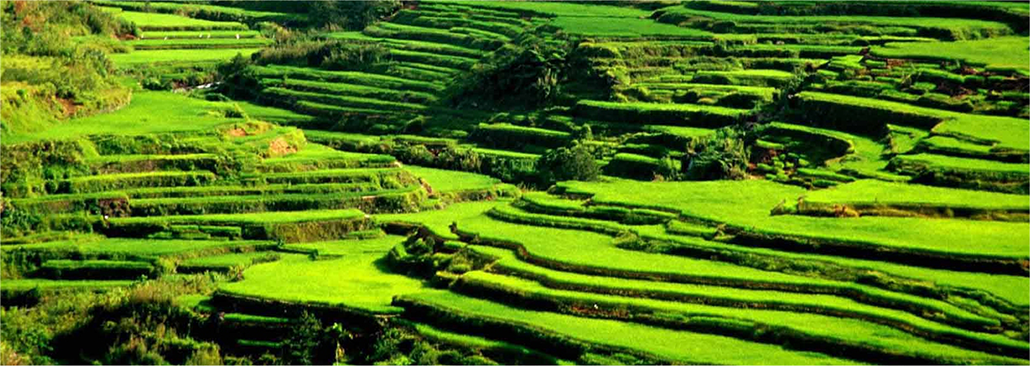Integrated Poverty Assessment for Livestock Promotion
Place: Global • Dates: 2006-10 • Partner: FAO
It is widely recognized that expanding capacity for livestock production and marketing can be a potent catalyst for rural poverty alleviation in developing countries. Livestock have a variety of characteristics that make them important contributors to sustainable rural development. They are marketable products of scalable household and community production systems, and are generally less vulnerable to perishability and critical harvest timing than many crops. As an agricultural product with relatively high income elasticity, livestock is particularly attractive as a means for rural households to participate in urban-based economic growth. Livestock are also productive assets, contributing directly to output through animal traction and indirectly as a store of wealth for future investment. Finally, they can contribute to soil fertility and recycling of agricultural waste. With these and other advantages in mind, the aid community has consistently promoted livestock, especially among the poorest rural communities, and the FAO’s PPLPI program is a prominent multilateral example of this commitment.
In this report, we describe the economic assessment tools developed in the first phase of this project. This technical reference summarizes a variety of analytical approaches that have been unified for evaluating PPLPI, along and in concert with other policy initiatives and changing external conditions. In later work, the methods developed here will be applied to PPLPI hub economies, including Vietnam, Senegal, Uganda, Orissa Province in India, and Peru. Each of these cases and programs has characteristics that make it unique, and each will yield special insights under the proposed analysis. It is hoped, however, that uniform standards for economic assessment will help identify the general properties of the PPLPI program that most effectively contribute to poverty alleviation and sustainable rural development.
Most Recent Entries

Low Carbon Biomass Conversion in the Sierra Nevada





